I know that for some wheelchair users, it is not easy to know where to start so today I am going to share a few helpful tips to help make that transition into the adaptive sports world and how to have a good time in the process. Towards the end of my article, I answer some frequently asked questions so make sure to keep on reading!
Get a mentor … if you can!
Believe it or not at a young age I was never really interested in sports. I started by playing youth league football but soon realized (once I hit the high school level) that I was not genetically inclined to play contact sports; all the other students were bigger, faster, and quite frankly scary for a person of my stature. I took a local job doing drywall work with my brother and father but missed the adrenaline rush of the sporting world, this is when I realized my true love, motor sports.
My father and I started drag racing at a local spot here in Maine; we started small with standard ATVs and 3—wheeler on a 300 ft sand drag strip at a local hot spot. The rush was incredible but like most sports enthusiasts we wanted more! We then began to modify our equipment with street bike engines, and eventually made our way into snowmobile motors. We were soon hitting speeds up to 80 MPH (3.2 seconds down the 300 ft drag strip) and the rush was un-describable; I loved every second of the racing events.
After my accident (T5), I was in the Maine Medical Hospital when I met my soon-to-be mentor who would open the world of adaptive sports to me. His name is Jay. He taught me everything; how to live independently, day-to-day self-care, small tricks of the trade you do not normally think about, and, of course, how to ski in adaptive equipment (he was a ski instructor)., With Jay’s guidance I soon felt the rush of the G-forces that I had been missing out since my injury, comparable to riding a motorcycle.
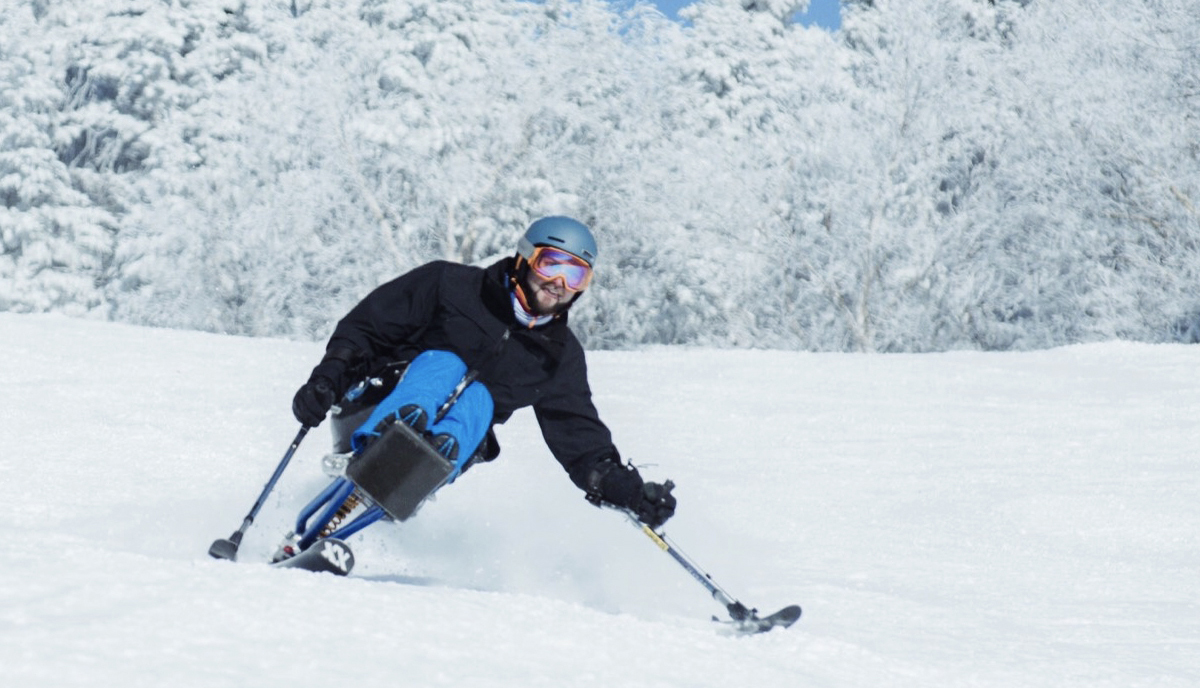 Chris Collin practicing adaptive ski.
Chris Collin practicing adaptive ski.
One sport that Jay introduced me to was cycling; imagine: only 2.5 inches separates you and the asphalt as your downhill speeds comparable to that of a motorbike, I was addicted and excited to finally be a part of this new community.
Locate a community near you
Replicating Jay’s love for the adaptive sports as well as the drive to be apart of a beautiful community, I took it as a challenge to spread my newfound love. I soon after transferring to Atlanta’s outpatient unit where I did my rehab. Upon my return I thought of the idea to give back to the community and began volunteer work at Maine Adaptive Sports and Recreation. This is where I encouraged people (age range 16–50) in the community to join the adaptive sports world. While volunteering, I had the pleasure of meeting a young man by the name of Kellan. I soon became Kellan’s peer-to-peer support and biggest fan. Although at first his parents were naturally worried, I assured them that adaptive sports go to great lengths in the category of safety; they soon became big supporters as Kellan progressed through the world of sports as I once did with Jay. From last I heard, he is still killing it to this day.
My journey has been quite incredible thus far but my purpose of telling you this story today is to inform. There are communities throughout the USA that support adaptive sports and I strongly encourage you to get involved. It is a true life changing experience. Even if you do not feel like you would be a fan of a sport (in the beginning I dreaded cycling, but I loved the community, so I stuck with it) I can assure you that the uphill battle to learn a new skill is well worth the ride down! Say yes to everything, trying everything—the biggest problem with new people in the community is their misconception of a sport before they even try it! The community makes all adaptive sports relatable!
Pick the sport that is right for you!
Many people think that there may not be much to do, but I assure you it is the opposite; there are group sports like quad rugby and basketball as well as individual sports like tennis, cycling, water-ski, and kayaking. Our New England chapter has grown exponentially in the mountain biking categories, and we have even got other regions involved.
How do I get started?
If you are reading this and think, “Chris how do I get started?” I strongly recommend reaching out to your local foundations; some good starting places would be the Kelly Brush Foundation, who is on the frontier of adaptive equipment, the High Five Foundation, the Challenged Athletes Foundation (C.A.F) amongst many others. These foundations are great resources that help with grant money so you can purchase adaptive sports equipment. If you need help finding local support groups or adaptive sports programs, you can visit the United Spinal Foundations’ website.
I am happy that you took the time to read my story and I hope that it inspires at least a few people to reach out and join the lovely world of adaptive sports. The comradery, competitiveness, adrenaline rush, and sense of self-accomplishment will not disappoint. If you have taken one thing from reading this article, it is this… TRY SAYING YES … it will open up a whole new world of possibilities to GO BEYOND what you thought you were capable of; a true-life changer if you will!
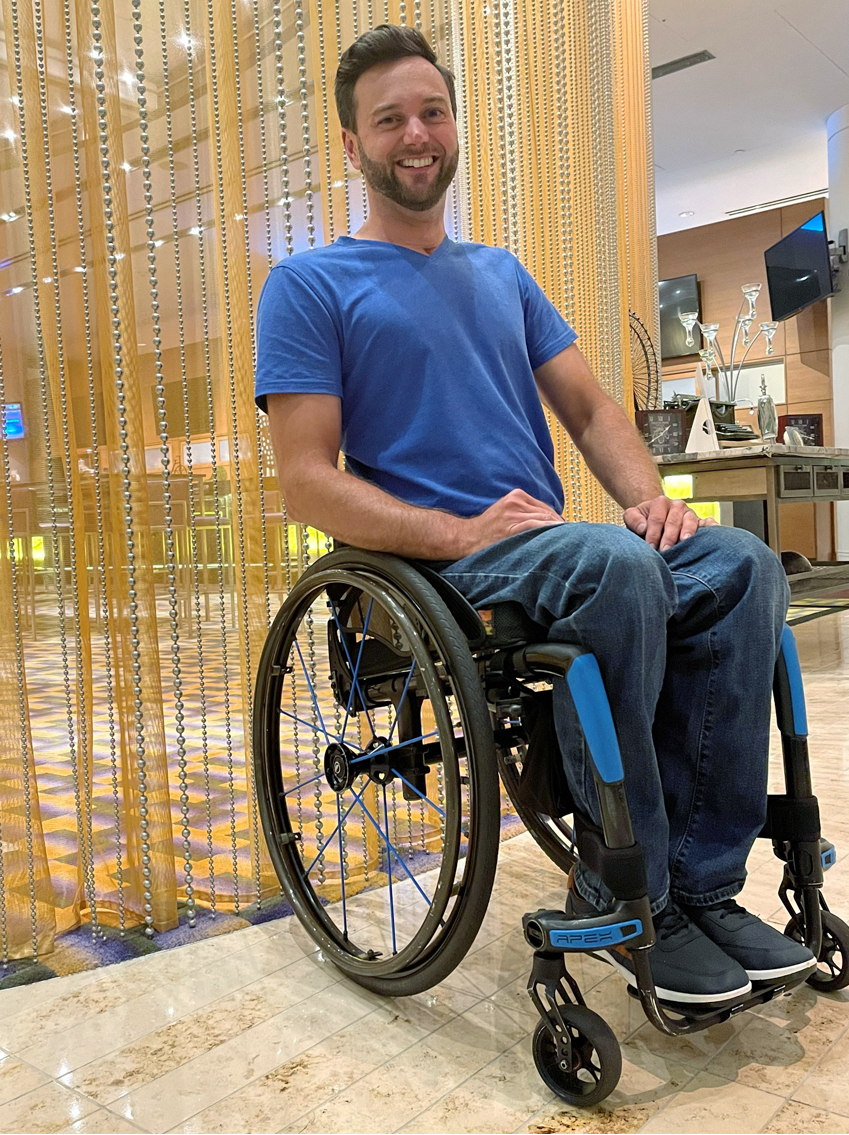 Chris Collin
Chris Collin
The adaptive sports’ FAQs:
Do I need any special training? Can anybody do it?
Depending on your disability and type of sport, there are some things that take no training, and you can just go for it but other things may take some training and guidance. It’s always a good idea to have someone with you just in case you need assistance or find yourself in a bind. There are organizations out there that put one single event and adaptive sports organizations that schedule a bunch of dates and times for different activities. United Spinal Association has a good list for each state. Things like skiing take some time to learn but cycling is no different than what everyone does, it is just a different body position and depending on what your disability, you may use your arms instead of your legs to pedal. Court sports have different rules for example, in tennis you can play against anyone but if you’re in a wheelchair then you get two bounces instead of one to hit the ball.
How about equipment? Is it expansive? Can I borrow equipment?
Some adaptive sports organizations rent out their equipment or loan it. Participating with the organization is a great way to start because they have the knowledge and then assistance for trying something out. Buying your own equipment can be expensive and that’s why there are grants out there. I would advise trying different equipment before buying so you know what you like and don’t like and also figuring out size and dimensions of the equipment because a lot of adaptive equipment is custom-built to fit the user. But things like kayaking, you don’t need anything custom unless you need a different seat to hold you. There are different lengths and widths though so understanding what each feels like is important.
Accessibility-transportation: can I go anywhere to practice adaptive sports?
This is a great question, and the answers will vary; having a vehicle that has a good amount of room is a better scenario because you need to find a way to fit equipment and maybe you also have an everyday wheelchair that you need to accommodate for. I use a Subaru outback so I can have a decent amount of space in the back and it’s out of the weather. Some people use platforms that attach to the hitch, and I will be looking into a trailer to haul my mountain bike because it’s too large to fit in the back of my vehicle. Traveling through city transportation can be trickier, and I haven’t done that so I wish I could give better advise on this part but I live outside the city and I drive myself. You may have to get creative and don’t be ashamed to ask for help. People are willing to lend a hand even if they do not know you. Team sports may require some extra hands and planning. These sports tend to require more equipment and travel. Traveling with equipment and be easier when able bodied people are there with you. Going on planes may seem like a hard task but if you already use a wheelchair then, you can check another piece of equipment on a plane for free because it is considered an alternative mobility device. Just be sure to secure anything that may easily come off due to the aggressive nature of the airplane cargo.




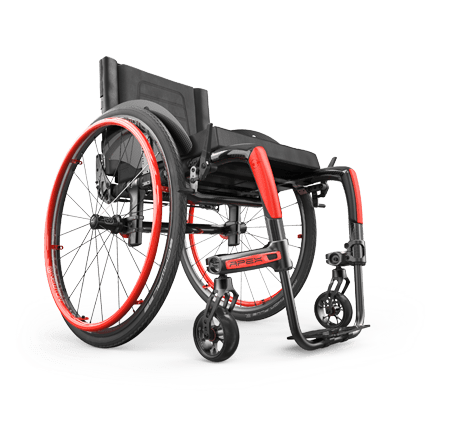
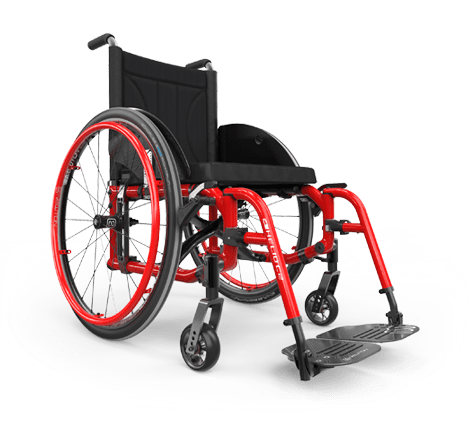
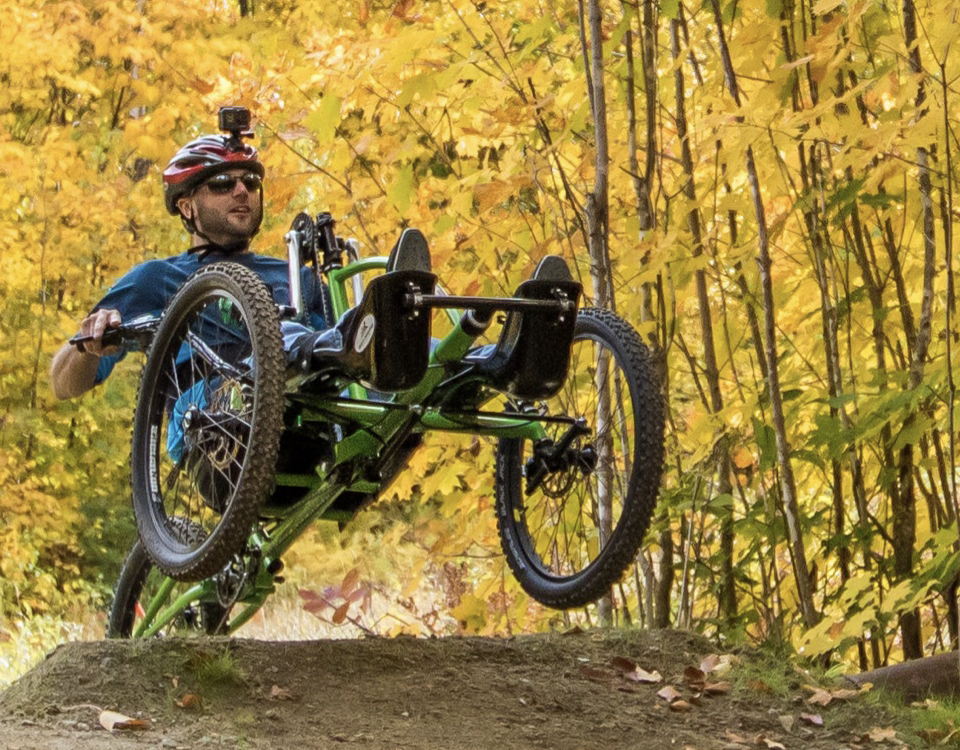
 Chris Collin practicing adaptive ski.
Chris Collin practicing adaptive ski. Chris Collin
Chris Collin